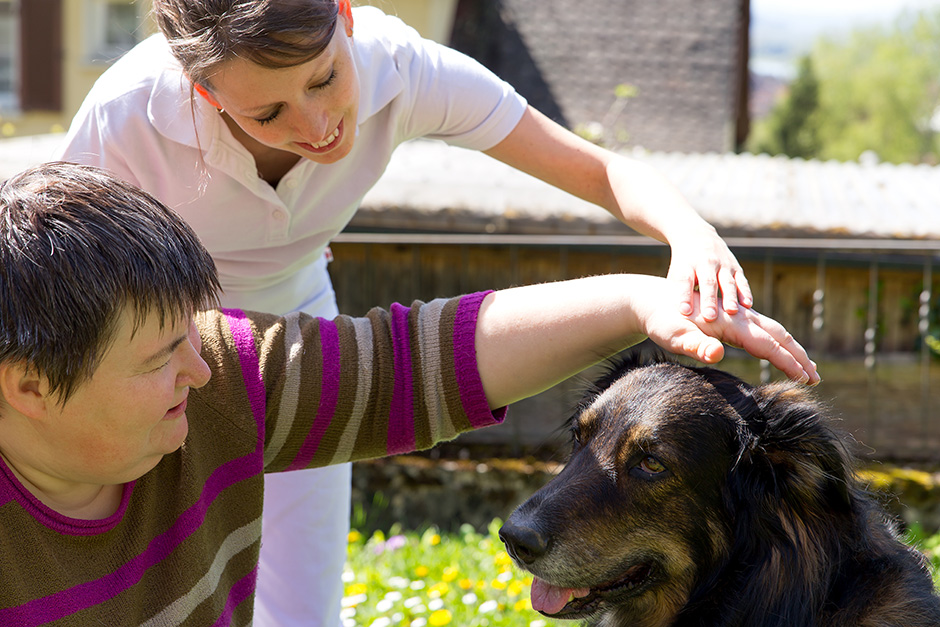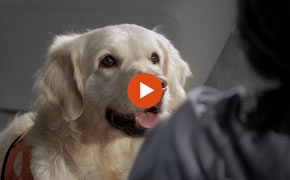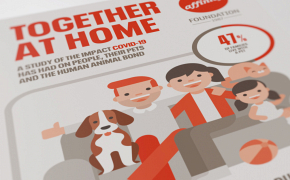What is Pet-Assisted Intervention?

Human beings have always demonstrated a strong bond with animals. American biologist Edward O. Wilson developed the biophilia hypothesis, which suggests that humans feel an innate affinity with all living and natural beings. Considering the impact that the company of an animal has on human beings, it isn’t surprising that we totally agree with what Edward O. Wilson stated in his theory. They can make us feel better, help us and make us smile, as well as play a part in clinical treatments.
Pet-Assisted therapy involves animals being included as part of the treatment, with the direct aim of improving physical, social, emotional and cognitive functions. It must always be managed by health or education professionals.
It is essential that it is adapted to the needs of users, establishing specific objectives for each case and working with psychologists, educators, speech therapists or any other professionals required. Implementing this intervention requires an interdisciplinary team in which everyone works together to achieve the established objective. The team must include healthcare or education professionals, pet-assisted therapy experts and the animal.
Most of the animals used are dogs and cats with some specific character traits. They are trained for this purpose and become helpers or co-therapists.
Well-known are the implications of the bond between humans and animals and the multitude of benefits that arise from integrating animals in the protocols of centres dedicated to treating people with mental illnesses, in educational programmes for sectors that require special help, such as the prison population, elderly people living alone or in nursing homes, or children with special needs.
The latest research shows that the presence of pets is associated with feelings of calmness and relaxation, as well as reducing the heart rate and blood pressure. Having pets is also associated with increased social interaction; animals act as social catalysts in a great variety of environments, both with individuals and in groups.
It is important to note that we are not talking about replacing clinical treatments, but about complementing them. Despite the amount of historical references documenting this kind of therapy associated with a multiplicity of clinical diseases, it is still seldom used in practice.
Research has developed markedly and we are on the path to developing therapies and improving the bond between humans and animals as well as the bridge that animals create between the therapist and the patient.



